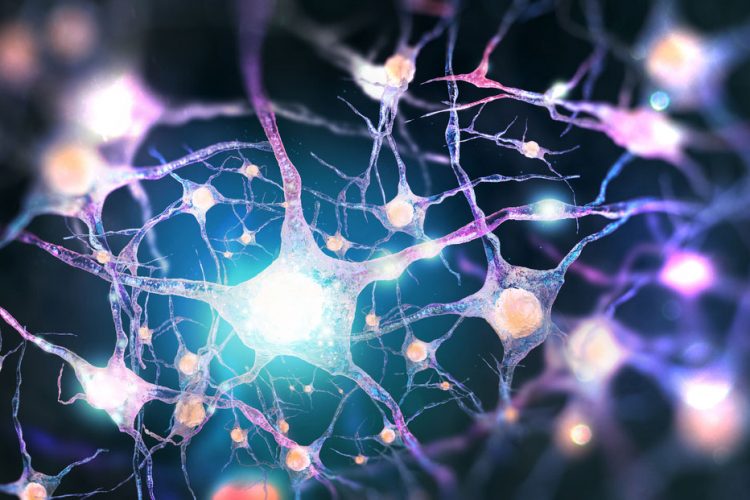KCNB1 may be a root cause of Alzheimer’s disease
Posted: 27 September 2018 | Iqra Farooq (Drug Target Review) | No comments yet
Researchers have identified that levels of the protein KCNB1 are increased in Alzheimer’s brains, which may cause the increase of amyloid-beta plaques…


A new mechanism has been developed that could contribute to Alzheimer’s disease and traumatic brain injury.
Researchers from Rutgers University in New Jersey aim to launch a clinical trial to test this treatment in humans.
Scientists have long since held the view of the popular theory where the build-up of the amyloid-beta protein between neurons in the brain of Alzheimer’s patients leads to the development of the disease.
Dr Federico Sesti, Professor of Neuroscience and Cell Biology at Rutgers Robert Wood Johnson Medical School, identified the new mechanism which involves a non-amyloid-beta protein, KCNB1 – a potassium channel.
Under stressful conditions in the brain affected by Alzheimer’s, the researchers found that a build-up of KCNB1 becomes toxic to neurons. They identified that this promoted the build-up of the amyloid-beta protein. The build-up of KCNB1 channels is caused by a chemical process commonly known as oxidation.
“Indeed, scientists have known for a long time that during aging or in neurodegenerative disease cells produce free radicals,” said Prof Sesti. “Free radicals are toxic molecules that can cause a reaction that results in lost electrons in important cellular components, including the channels.”
“The discovery of KCNB1’s oxidation/build-up was found through observation of both mouse and human brains, which is significant as most scientific studies do not usually go beyond observing animals.
“Further, KCBB1 channels may not only contribute to Alzheimer’s but also to other conditions of stress as it was found in a recent study that they are formed following brain trauma.”
The research team found that the build-up of KCNB1 was much higher in brains affected by Alzheimer’s disease than normal healthy brains.
In cases where Alzheimer’s and traumatic injury occurs in the brain, the team found that the build-up of KCNB1 is associated with severe damage of mental function. Due to this, Prof Sesti decided to test a drug called Sprycel, commonly used to treat patients with leukaemia, in mice
“Our study shows that this drug and similar ones could potentially be used to treat Alzheimer’s, a discovery that leads the way to launching a clinical trial to test this drug in humans.”
The study was published in the journal Cell Death & Disease.
Related topics
Disease Research, Drug Discovery, Research & Development, Screening, Therapeutics
Related conditions
Alzheimer’s disease
Related organisations
Rutgers University
Related people
Professor Federico Sesti








